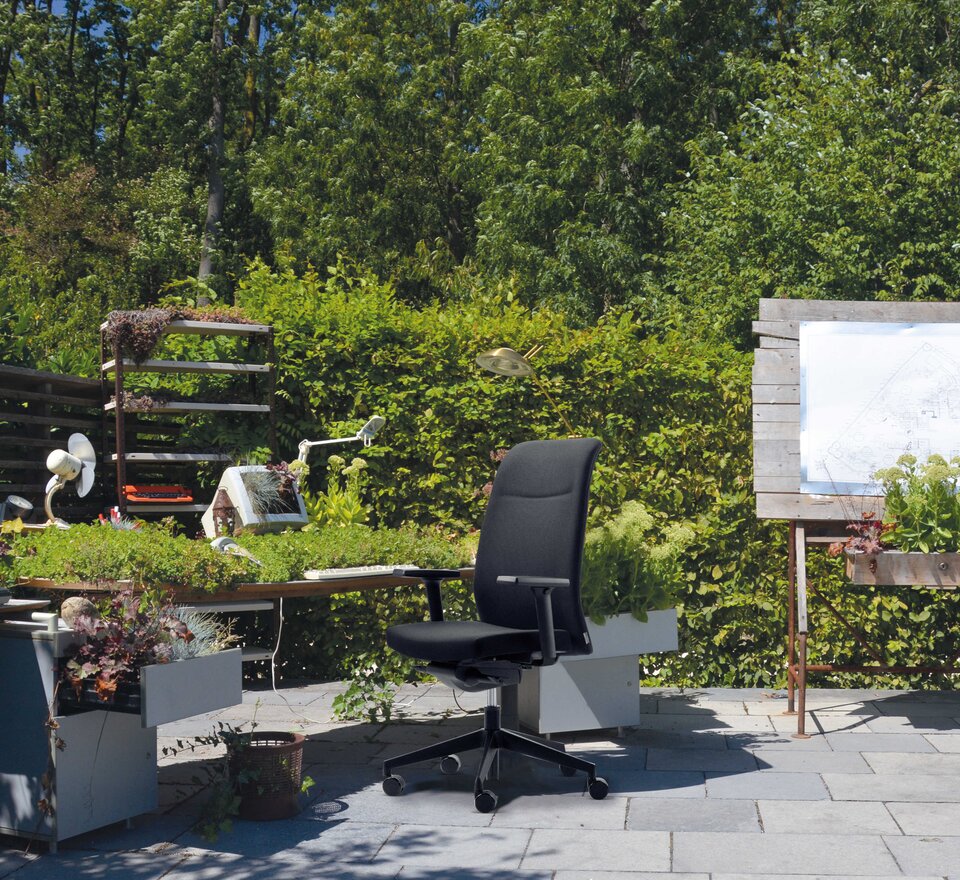Other countries, other customs. Not least, this can be seen in the way in which we design or office spaces. Owing to mentality and individual space requirement, there aren’t just miles between Asia, Europe and America, but worlds.
Monsieur Hulot wanders through the corridors and doesn’t understand the world any more. Just like in a futuristic anthill, the employees goose step hurriedly from A to B, ignoring all their colleagues in the ether of anonymity. In the 22nd minute, the man with the coat, hat and umbrella ends up in a glass gallery and looks down onto the many little cubicles below which have been burned into the collective memory of film history. The cinematic satire “Playtime”, by film director Jacques Tati, released in 1967, is a critique of the modern world as well as the increasingly characterless design of our living and working spaces.
Other countries, other customs.
Today, the grey and beige open space cubicles can mainly be found in the economic and financial sector. The shoulder-height partition walls ensure concentrated working with a certain level of privacy. When you stand up, you can gain an informative overview of your colleagues.
But even in architecture, you can find a few surprising work situations. Japanese shooting star Junya Ishigami sits with his team in a former discotheque in Roppongi, in the middle of the Tokyo. The 400 square-metre cellar space had no windows. “When I founded by office, I had to decide: small office with a view or a large office without one? But I admit: even if you have a lot of imagination and very good spatial and atmospheric conceptual possibilities as an architect, we all dream of an office with a window.”
The two Pritzker prize-winners, Kazuyo Sejima and Ryue Nishizawa, who run the SANAA office, spent years working in a warehouse in the south of Tokyo. Via a steep metal staircase you reached a bright, yet tightly furnished office. Each employee had a desk space of about 80 centimetres, owing to the exorbitant rental costs.
In Europe and North America the office layout is mainly the expression of their own company culture. At Christoph Ingenhoven’s office in Düsseldorf, the employees sit at a desk in the centre of the room which is dozens of metres long. In the Parisian office of Lacaton & Vassal the orchids in the greenhouse are given at least as much attention as the people. And at Hermann Czech’s office in downtown Vienna, you literally vanish behind stacks of books.
Wojciech Czaja

